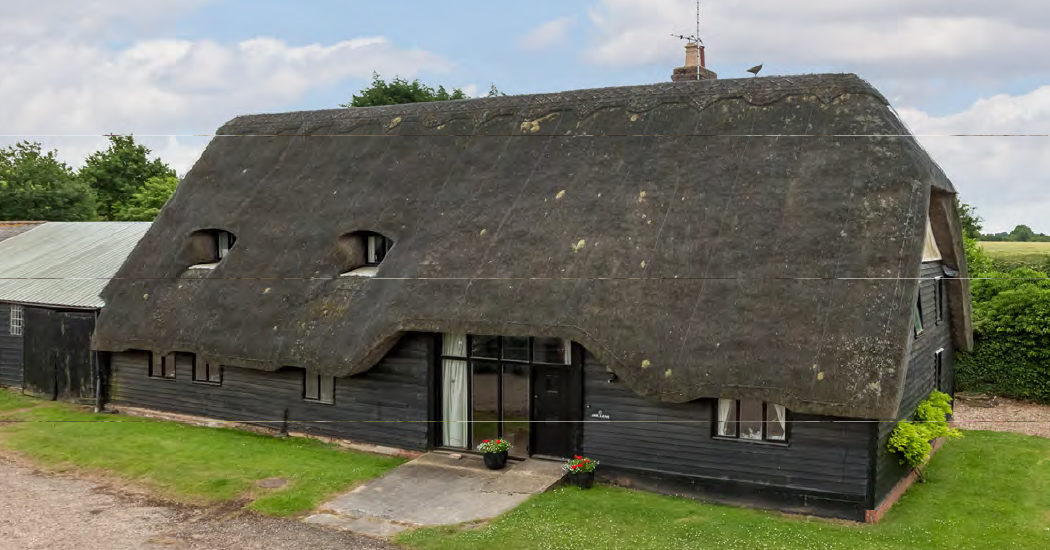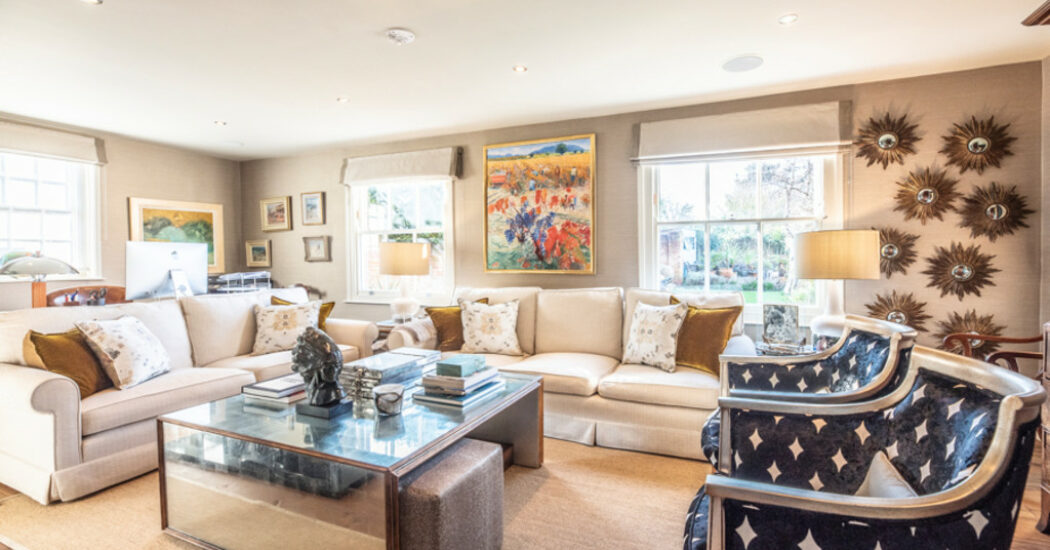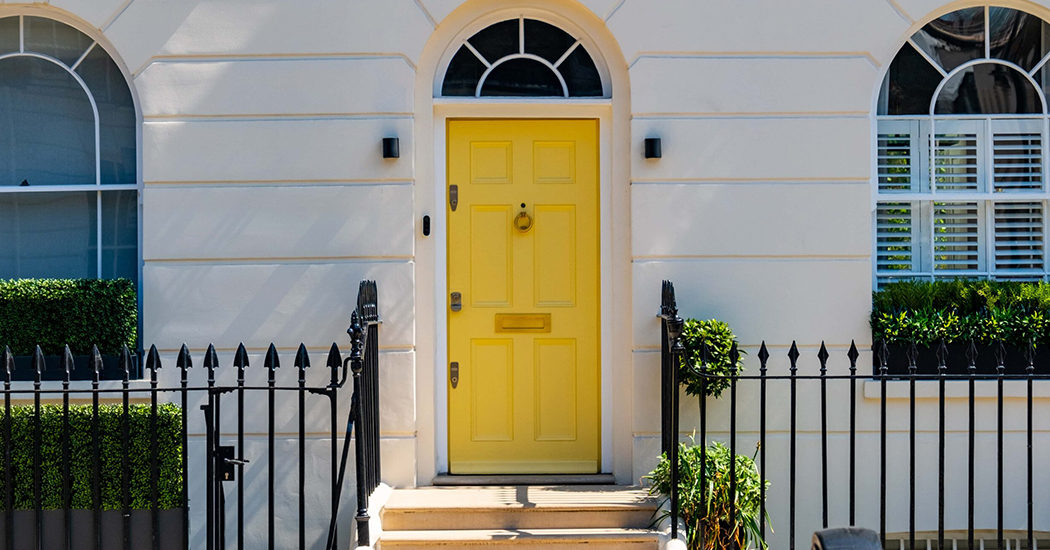Great Lodge Farm, one of the oldest residential properties in Castle Hedingham, is within the landscape of the Great Park, formerly belonging to the Earls of Oxford. Queen Elizabeth I, as the guest of the 16th Earl of Oxford, spent time hunting and flying her falcons on the land surrounding Great Lodge Farm in 1561. This stunning Grade II property has been owned by the Pewter family since 1973 and is the office base of Pewter Partnership Surveyors. William Pewter BSc MRICS, the senior partner and a period property specialist, shares his expertise and knowledge about the pleasures and pitfalls of choosing a period property. Here he examines the lifestyle issues and concerns when buying an historical property. It is easy to get caught up in the romance of owning an older property, however, you really should consider whether it will be a good fit with your lifestyle. Period properties do not suit everyone, primarily because they require time and money to maintain in a correct and sympathetic manner. So, the first question is do you have the resources to commit to its upkeep?
If the property is a Listed Building of Architectural and Historical Importance, or is within a Conservation Area, there will be restrictions on what you can actually do in terms of upgrading. For instance, you will not be able to install double glazing to a Listed Building, which means the building is more likely to be draughty, difficult and expensive to heat, plus the external joinery will require regular redecoration.
Rooms can be small and therefore you may need to downsize your furniture. Added to this, the stairs are often steep and narrow, making it more difficult to move larger items to upper floor levels. Plus low headroom on stairs and low ceilings can lead to a banged forehead! A building survey may reveal damp or timber infestation issues, which will entail messy remedial works, such as replastering. Floors are likely to be unlevel and will most probably squeak and creak, which some find irritating. Thatched roofs require regular maintenance and although they look charming, insurance costs are likely to be higher, with possible restrictions on open fires, and the need for regular electrical safety test certificates.
Having said all of that, William believes that the charm factor of living in a period property far outweighs the negatives. There is something to be said for living in a house that has been part of the local landscape for centuries. Such a house is not just a house, it is a record of times past, full of vernacular appeal, quite unlike a modern property. You do not simply ‘buy’ a period property, you become part of its stewardship, keeping its appeal alive for future generations.







